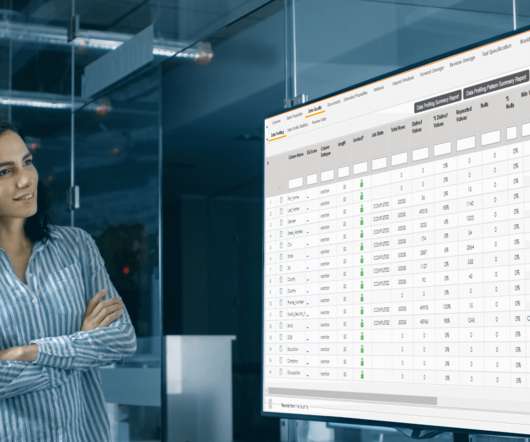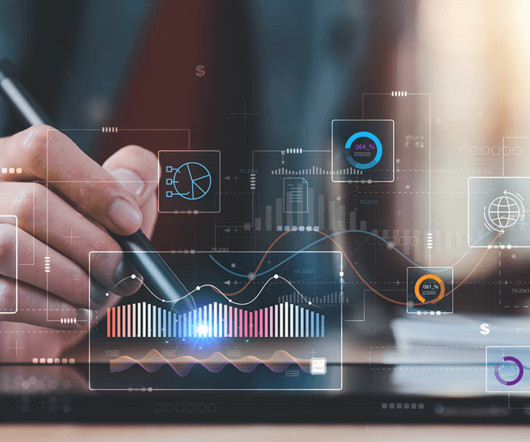Managing risk in machine learning
O'Reilly on Data
NOVEMBER 13, 2018
There are also many important considerations that go beyond optimizing a statistical or quantitative metric. As we deploy ML in many real-world contexts, optimizing statistical or business metics alone will not suffice. Fortunately there are members of our data community who have been thinking about these problems.


















Let's personalize your content